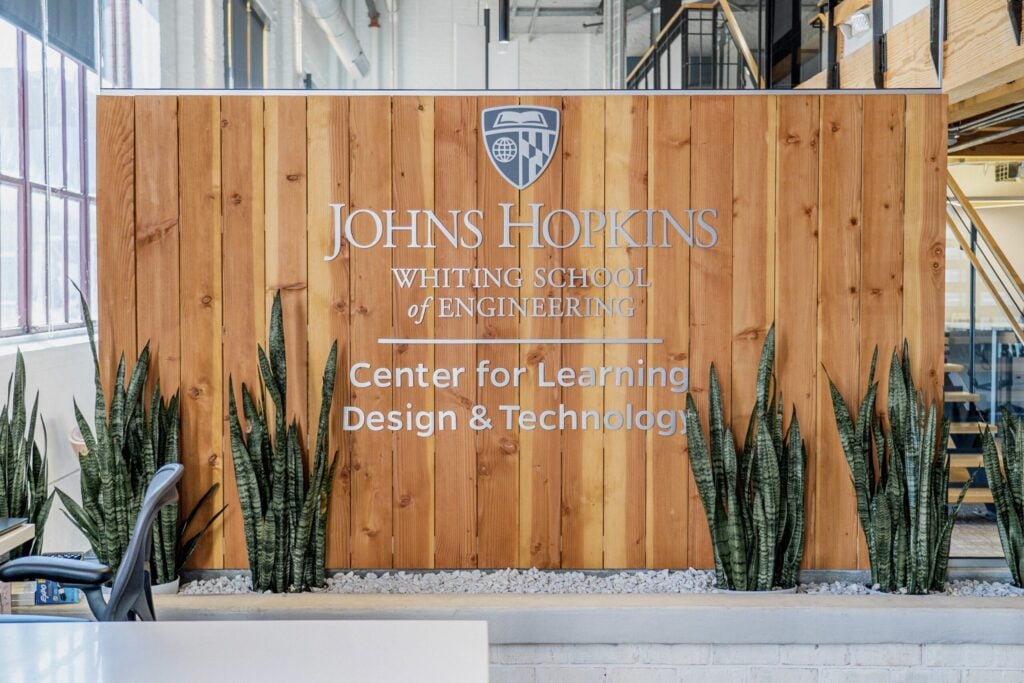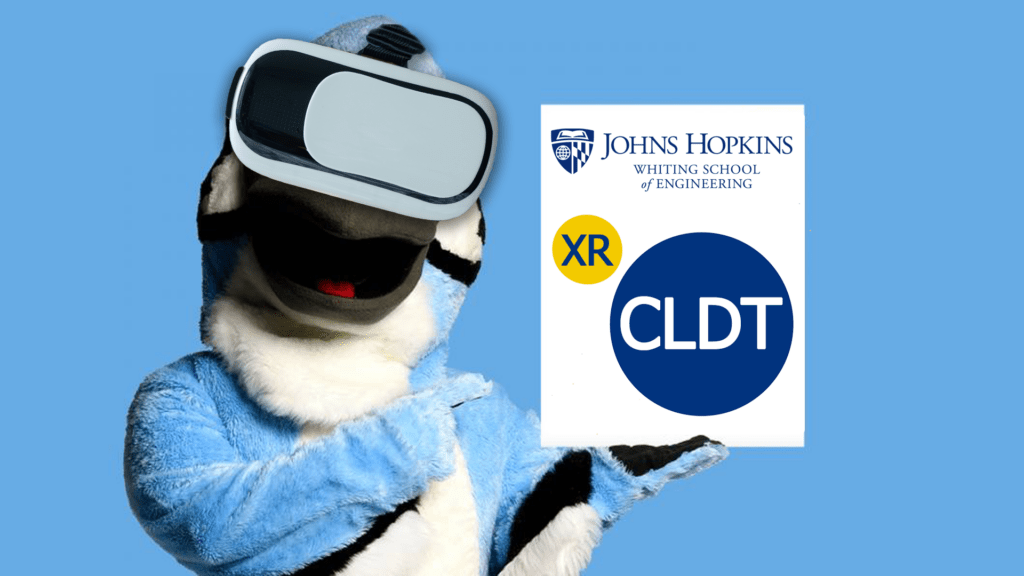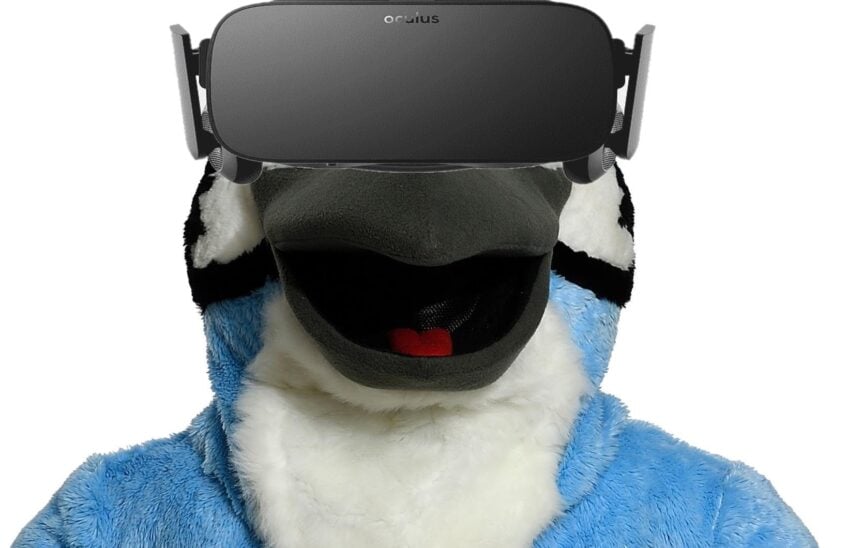
XR Innovation Awards
CLDT and Whiting School of Engineering support endeavors of WSE faculty in integrating and exploring XR capabilities.
Overview
The Johns Hopkins Engineering Center for Learning Design and Technology (CLDT) launches an open call to engage and provide financial support for the infusion of XR initiatives. The WSE XR Innovation Awards include projects connected to teaching and learning, and research in spatial computing, virtual reality, augmented reality, and mixed reality.
Interactive technologies such as augmented reality and virtual reality are set to transform the ways in which people learn, communicate, interact, and share information. This initiative will distribute four (4) competitive grants intended to promote the acceleration of extended reality (XR) innovations:
- Two (2) XR Course Innovation grants will be provided to support the infusion of XR solutions into teaching and learning, and
- Two (2) XR Research Innovation grants will be provided to support research into real-world applications and interdisciplinary learning and scholarship
Development Support
XR development support and consultation services are provided through the Applied Physics Laboratory (APL). Please include estimated costs for XR development/testing services in your budget at $120 per hour.
2022 Funding Cycle
The Whiting School of Engineering is devoting the resources of the WSE XR Innovation Award to support the endeavors of WSE faculty in integrating and exploring XR capabilities.
The proposal deadline is June 13, 2022.
Eligibility
WSE faculty members, both full-time and part-time, are invited to submit a proposal describing their XR project and its anticipated educational impact.
Funding and Project Period
Applicants may request up to $15,000 for a proposed project.
Remaining funds may be used to support faculty salaries that are uncompensated from other sources and for staff and graduate or undergraduate students to partner with faculty members. Funding for equipment, software, applications, or their development will be considered. However, the sustainability of such resources is an important criterion in the review process.
Students should be budgeted with the standard hourly rate used in the student’s home division and/or department. Compensation for faculty and student work on an XR Innovation Award project is considered “remuneration” for purposes of the Johns Hopkins University Intellectual Property Policy.
Note: All projects are expected to use XR professional design and development services, which we have contracted through the Applied Physics Laboratory (APL) XR team. You should include estimated costs for development and testing in your budget at $120 per hour.
Project development may begin once funding announcements are made; project completion is expected by the end of the fall semester in 2023.
Timeline
- May 23, 2022: Submission opens
- June 13, 2022: Proposals due by 11:59 PM ET
- June 20, 2022: Awards announced
- December 2023: Funded projects completed
Content and Form of Application
Name, program, email address, phone number, short bio for each principal participant (limit 1/2 page per participant)
Title and abstract (limit 1/2 page)
Project description (limit 2 pages). The project description should include the following:
- description of the innovation, goal of the innovation, and plan for implementation;
- anticipated outcomes and plan for sustainability beyond the timeframe of the project;
- budget (limit 1 page);
- project plan and timeline (limit 1/2 page); and
- evaluation and assessment plan (limit 1 page).
Reporting
Recipients are expected to report evaluation results at a reasonable time relative to the duration of the project and the evaluation plan.
Criteria for Project Selection
- Innovation: The proposal describes, in detail, the impact of the planned innovation.
- Measured outcomes: The proposal describes how research or learning outcomes will be improved by the planned innovation.
- Viability of assessment strategy: The proposal suggests concrete ways to evaluate and report its impact.
- Ongoing commitment: The innovation has strong potential for ongoing use beyond the scope of the award.
- Resource use: The proposal demonstrates a good fit between purpose and plan. It keeps costs to a minimum and describes how the innovation will be sustained beyond the grant support.
- Generalizability and scalability: The project serves as a prototype that can be modified, enhanced, or extended to other venues, divisions, and departments.
Proposals will be judged by a panel consisting of WSE leadership and faculty.



Recent Comments